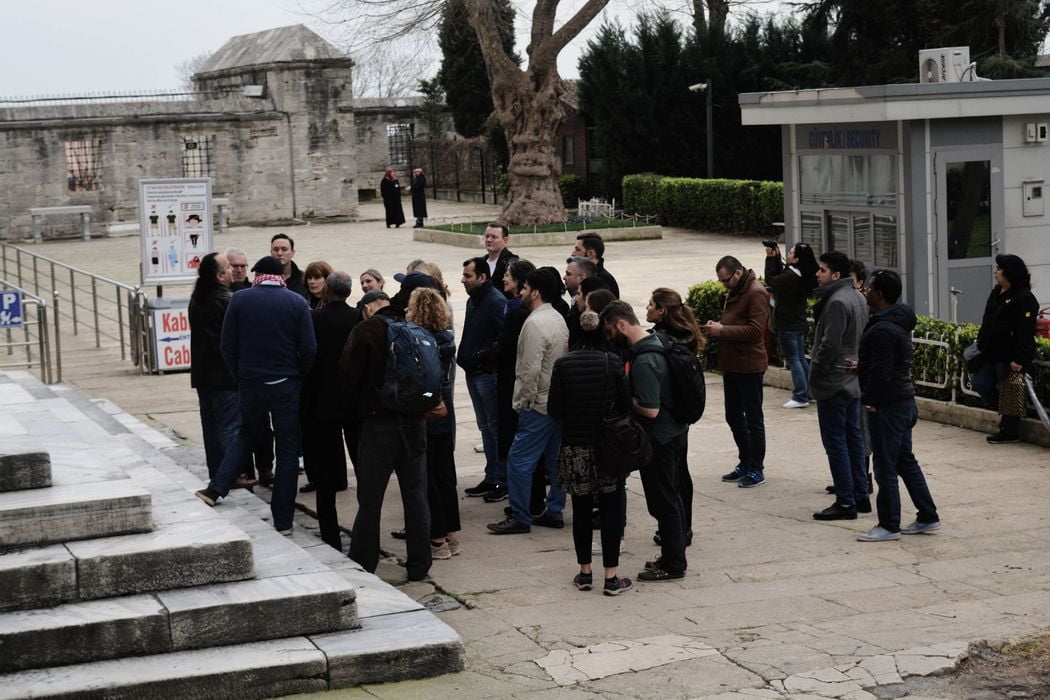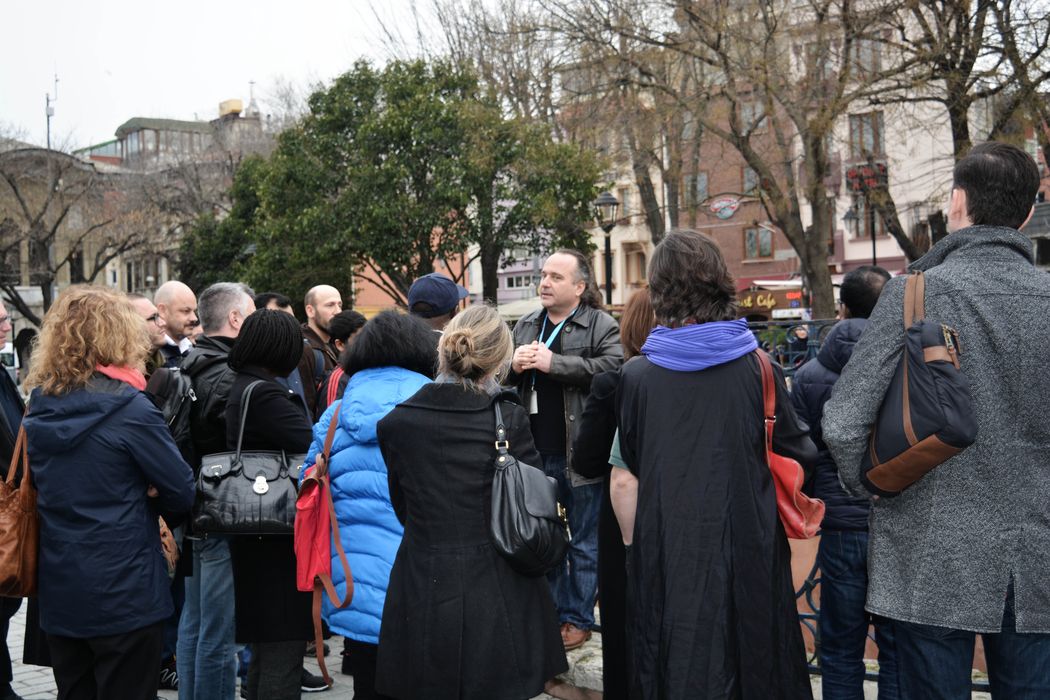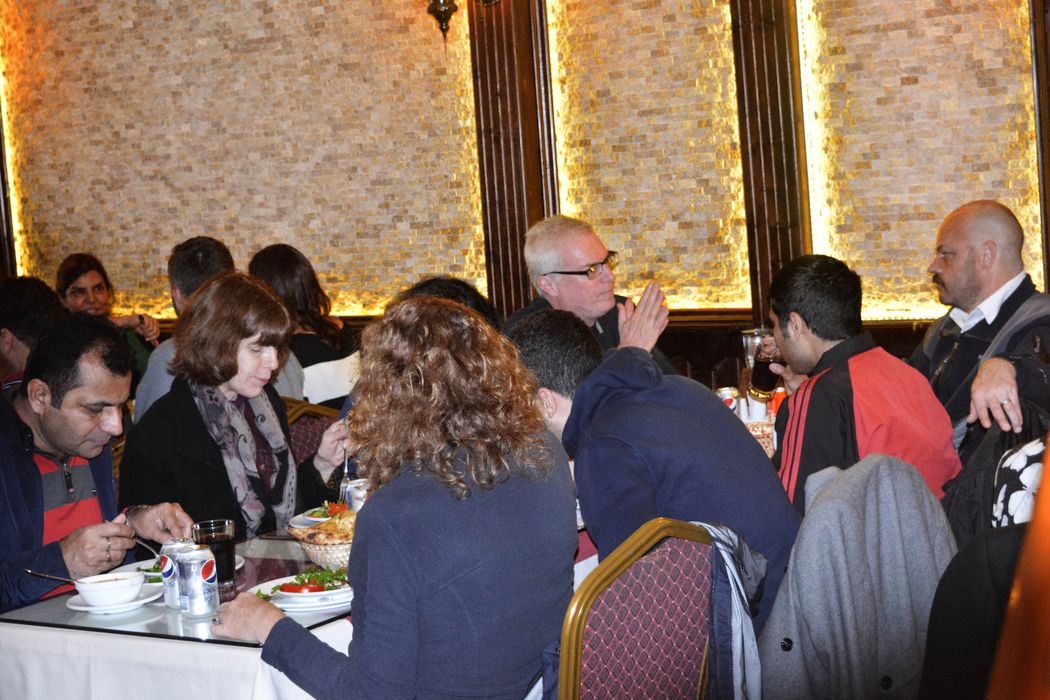From Mahtuli to Constantinople is a journey of twenty-two days, sixteen to the canal [unclear, perhaps the Danube?], and six thence to Constantinople. From this [border] fortress one travels on horses and mules only, and the waggons are left behind there on account of the rough ground and the mountains. Kifali had brought many mules, six of which the khatun sent to me. She also commended to the care of the governor of the fortress those of my companions and of my slaves whom I had left behind with the waggons and baggage, and he assigned them a house.
The commander Baydara returned [to Uzbeg Khan] with his troops, and none travelled on with the khatun but her own people. She left her mosque behind at the fort and the practice of calling to prayer was abolished. As part of her hospitality-gifts she was given intoxicating liquors, which she drank, and swine, and I was told by one of her suite that she ate them.
No one remained with her who prayed except one Turk, who used to pray with us. Sentiments formerly hidden were revealed because of our entry into the land of the infidels, but the khatun charged the amir Kifali to treat us honourably, and on one occasion he beat one of his guards because he had laughed at our prayer.
Nearer Constantinople the khatun is greeted by her brother
Then her brother, whose name was Kifali Qaras, arrived with five thousand horsemen, fully accoutred in armour. When they prepared to meet the princess, her brother, dressed in white, rode a grey horse, having over his head a parasol ornamented with jewels. On his right hand he had five princes and the same number on his left hand, all dressed in white also, and with parasols embroidered in gold over their heads.
In front of him were a hundred foot soldiers and a hundred horsemen, who wore long coats of mail over themselves and their horses, each one of them leading a saddled and armoured horse carrying the arms of a horseman, consisting of a jewelled helmet, a breastplate, a bow, and a sword, and each man had in his hand a lance with a pennant at its head. Most of these lances were covered with plaques of gold and silver. These led horses are the riding horses of the sultan’s son.
Read More about The Mummy`s Foot part 7








